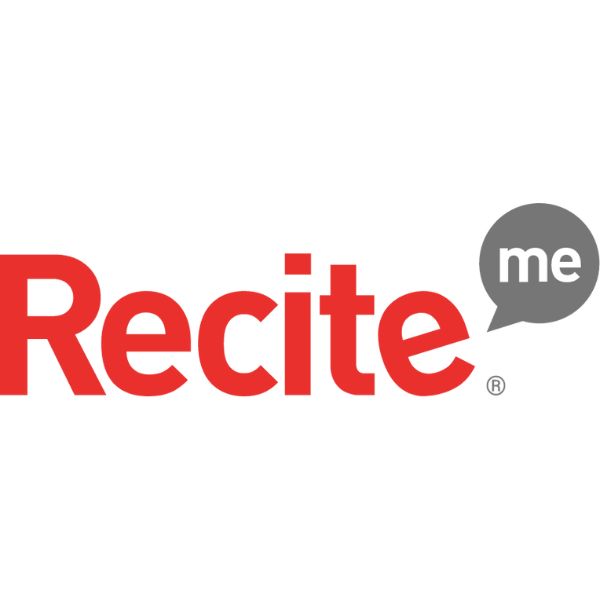Insights
INSIGHTS
All Topics
My Account
Are charities ready for AI?
18 Jan 2024by Laura Stanley
We explore the challenges of implementing artificial intelligence technology and what charities need to put in place to avoid falling behind
Artificial Intelligence (AI) is the most talked-about technology of the 2020s. AI holds the power to revolutionise the way we work and how we deliver impact for our communities, from inspiring email subject lines to predicting our financial outcome.
Accepted wisdom appears to suggest the world is ready for such transformation by AI. Two months after its initial launch in late 2022, generative AI platform ChatGPT had more than 100 million users worldwide, numbers that only continue to grow in early 2024. Indeed, as of July 2023, more than a quarter of people in the UK had used generative AI, according to research from Deloitte, while more than two thirds of companies said the same..
However, a new report from IT support providers Wanstor has revealed that many organisations lack the skills and data to effectively implement AI and therefore risk falling behind their peers and leaving themselves vulnerable to data loss or security breaches when it comes to adopting enterprise AI technology.
The report – “AI’s Achilles Heel? The Peril of Ignoring Data Readiness in the Race to Innovate” – aims to understand the current trends, perceptions, and impact of artificial intelligence on a variety of sectors, including the charity sector.
The report discovered that appetite for embracing AI is high among non-profit organisations, with seven in ten non-profit saying they are likely to implement the recently launched Microsoft Copilot AI assistant across management, team leadership and administrative functions. However, while the appetite for AI is strong, adoption levels are still low -less than 10% of non-profits have significantly integrated AI into their operations and are lagging behind their private sector counterparts.
Furthermore, the report pointed to concerns around how charities use AI and their preparations for doing so. Although organisations are piloting AI initiatives such as chatbots, predictive analytics, and machine learning, charities in particular face a range of serious operational and security risks, “with any failure to address them having a potentially serious impact on how effectively they operate in the future”.
“Crucially, the time to act is now because organisations that fail to become data-driven and integrate AI strategically risk inefficiencies, underutilised investments, and an inability to reap AI’s full rewards,” the report says. “The future belongs to those who harness AI as an enabler and who act now to ensure their data assets are optimised for an AI-powered future.”
Below, we explore more about the challenges charities face in implementing AI, with insights from Wanstor’s report and suggestions on how they can prepare more effectively for new technology in the future.
The challenges of AI
Data preparation
According to the report, the effective deployment of AI is dependent on two challenges: the readiness of data and the security of its integration into AI systems. AI technology relies on being fed reliable existing data in order to create accurate and relevant outcomes, but as with any technology that processes data, organisations must first and foremost make sure it will keep that data secure.
Wanstor’s research revealed a “concerning gap” between those addressing these concerns and those lagging behind, highlighting the need for all organisations – particularly charities who are home to a wealth of sensitive data – to take a rigorous approach to managing their data in a world with AI. While nine in ten organisations, including those in the non-profit sector, are planning to invest in advanced AI tools such as the recently launched Microsoft 365 Copilot, half admit they haven’t taken steps to ensure the reliability and integrity of data fed into AI systems.
Indeed, the report shows that exactly half of non-profit organisations have carried out extra data quality checks and validation processes before feeding data into AI systems, while the same proportion have established data security protocols. Only two in five are monitoring data sources.
However, while 56% of charities said their business data is currently up to aid the implementation of AI, this is less than the overall average from other sectors. Less than a quarter of charities (23%) strongly agree with this statement, “indicating there is a lot of work to do if [not-for-profits] are to benefit from efficient and secure data-driven AI solutions”.
Staff concerns around AI
One of the key concerns around adopting AI is that it will lead to significant job losses. However, the report revealed that workforce reduction was not a priority for organisations working with AI. Rather, research suggests that the technology will be used to “augment human skills and experiences”, not replace them entirely.
According to the report, the primary purpose identified for AI within the not-for-profit sector is improving customer experience, cited by 54% of respondents, followed by automation of repetitive tasks (50%). This reflects the time-poor nature of the charity sector and the need to use digital tools to free up employees to work on delivering impact rather than poring over data sheets.
Likewise, a similar proportion across all sectors (56%) recognised AI’s role in improving operational efficiency and productivity, reflecting its ability to streamline processes rather than outright replace workers. Only 15% view workforce reduction as a primary purpose of AI.
Wanstor suggests that organisations allay staff concerns around AI by focusing on delivering a strategy that highlights its importance for data analytics and insights, including plans for training staff and aligning AI initiatives with organisational goals. “Develop training programs to upskill staff and integrate AI into their daily workflows, emphasising its role in enhancing productivity and job satisfaction,” the report concludes.
The risk of falling behind
The report indicates that there is no uniform approach to adopting AI across sectors, meaning that each organisation is at a different stage of integrating it into their operations. This can lead to some organisations falling behind, failing to make the most of the advantages of AI while their peers plough on.
However, in the not-for-profit sector, there is some heartening news – the vast majority of organisations are using at least one AI technology within their operations, with a third using it for up to half of their operations. The use of chatbots or virtual digital assistants has the current highest implementation rate, with 52% of charities using the technology, slightly above the overall average. Only 8% of not-for-profits have yet to engage with AI at all.
The challenge is to ensure AI is being used strategically. Charities should identify which AI solutions align best with specific operational functions. “For instance, focus on chatbots for customer service enhancement or predictive analytics for data-driven decision-making,” Wanstor states. Charities can then plan how they adopt AI in a way that suits their teams and organisational goals more effectively.
Additionally, Wanstor suggests that organisations conduct an in-depth assessment of their current level of AI integration, including benchmarking against available industry standards and identifying gaps in AI adoption. AI is not just chatbots – and it is very much here to stay.
Laura Stanley
More on this topic
Recommended Products
Featured Products
Our Events
Charity Digital Academy
Our courses aim, in just three hours, to enhance soft skills and hard skills, boost your knowledge of finance and artificial intelligence, and supercharge your digital capabilities. Check out some of the incredible options by clicking here.















